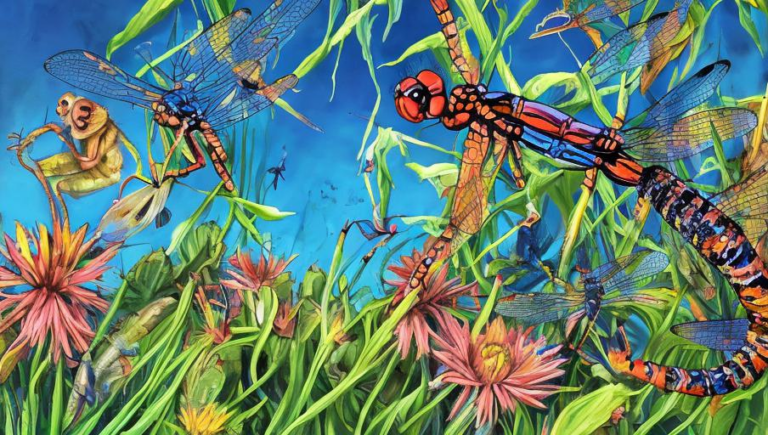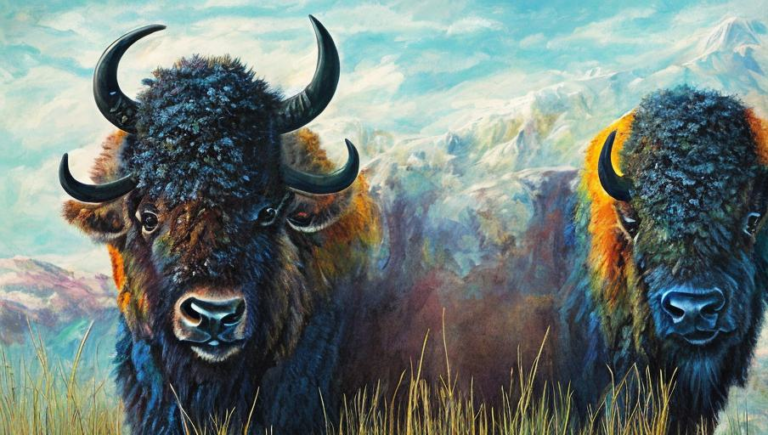Understanding Camels: A Comprehensive Guide

Introduction
Camels are iconic animals from the deserts of Africa, Asia, and the Middle East. These fascinating creatures are known for their ability to survive in harsh conditions for long periods of time, and their distinctive humps have become a symbol of the desert. But there is much more to camels than meets the eye – they are highly social and complex animals, and have a long history of domestication.
Physical Characteristics
Camels are large, ungulate mammals with long legs and neck. They have two humps on their backs, which are made of fat reserves and help them to survive long periods without food or water. Camels have thick fur to protect them from the harsh desert sun, and their long legs allow them to traverse the desert sands with ease. Camels have a unique ability to close their nostrils and lips to protect them from sand and dust.
Diet and Habits
Camels are herbivores, and their diet consists mainly of grasses, leaves, and other vegetation. They can survive long periods without food or water, and can drink up to 30 gallons of water in one sitting. Camels are social animals, and they can often be seen in herds. They are active during the day, and rest during the night.
Domestication and Uses
Camels have been domesticated for thousands of years, and have been used as a source of food, transportation, and other products. The domestication of camels has been a key factor in the development of many societies in the Middle East, Africa, and Asia. Camels can be used to transport goods, people, and supplies over long distances, and are highly valued for their endurance and hardiness.
Conservation
The wild camel population is currently estimated to be around 500,000, and is declining due to a variety of factors, including habitat loss and poaching. Conservation efforts are underway to protect these animals and their habitats, and to ensure that the wild camel population is able to continue to thrive.
Conclusion
Camels are an iconic symbol of the desert, and are fascinating creatures with a long history of domestication. They are highly adapted to their environment, and have a variety of uses. Conservation efforts are underway to protect these animals, and ensure that their wild populations remain healthy.





